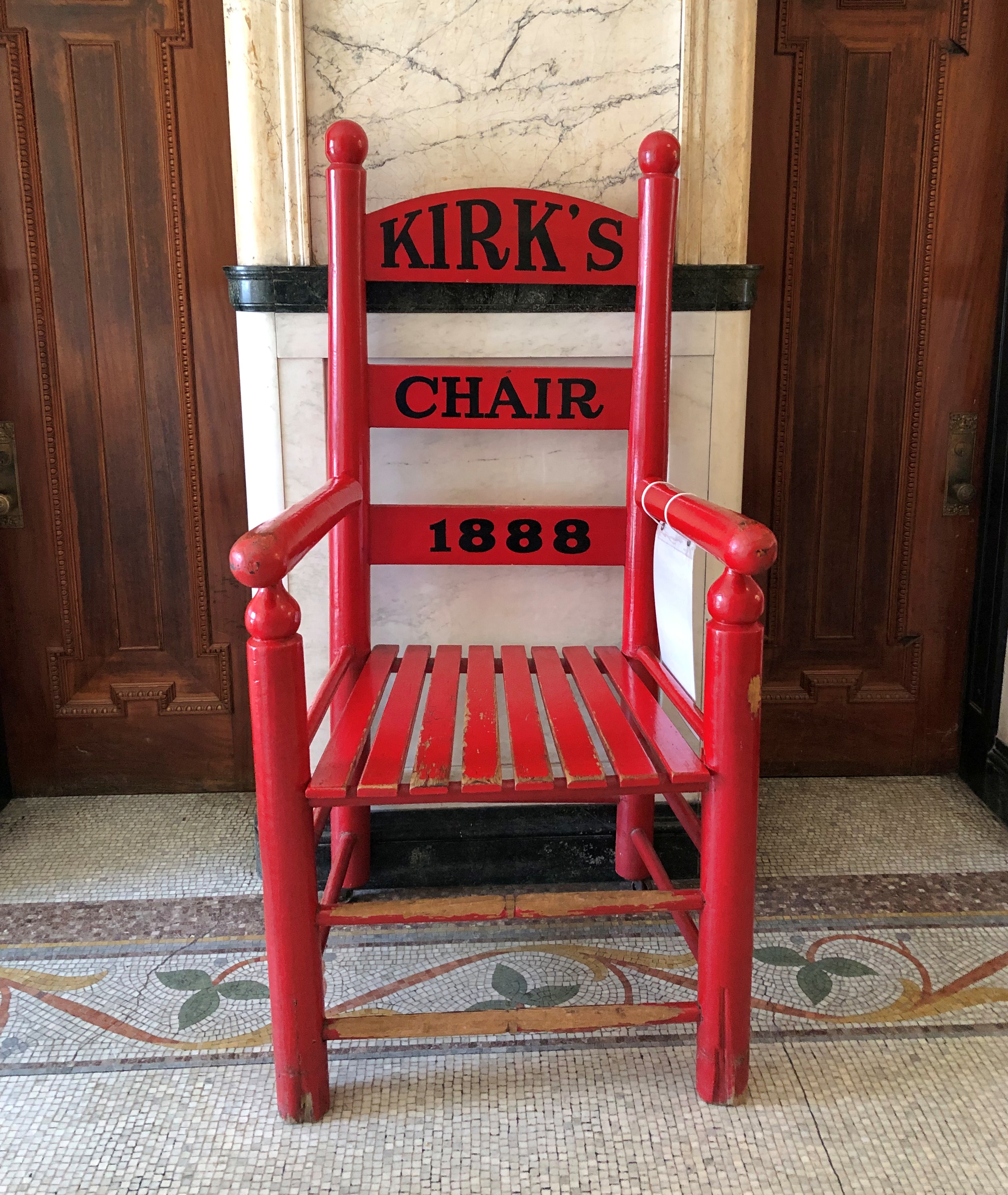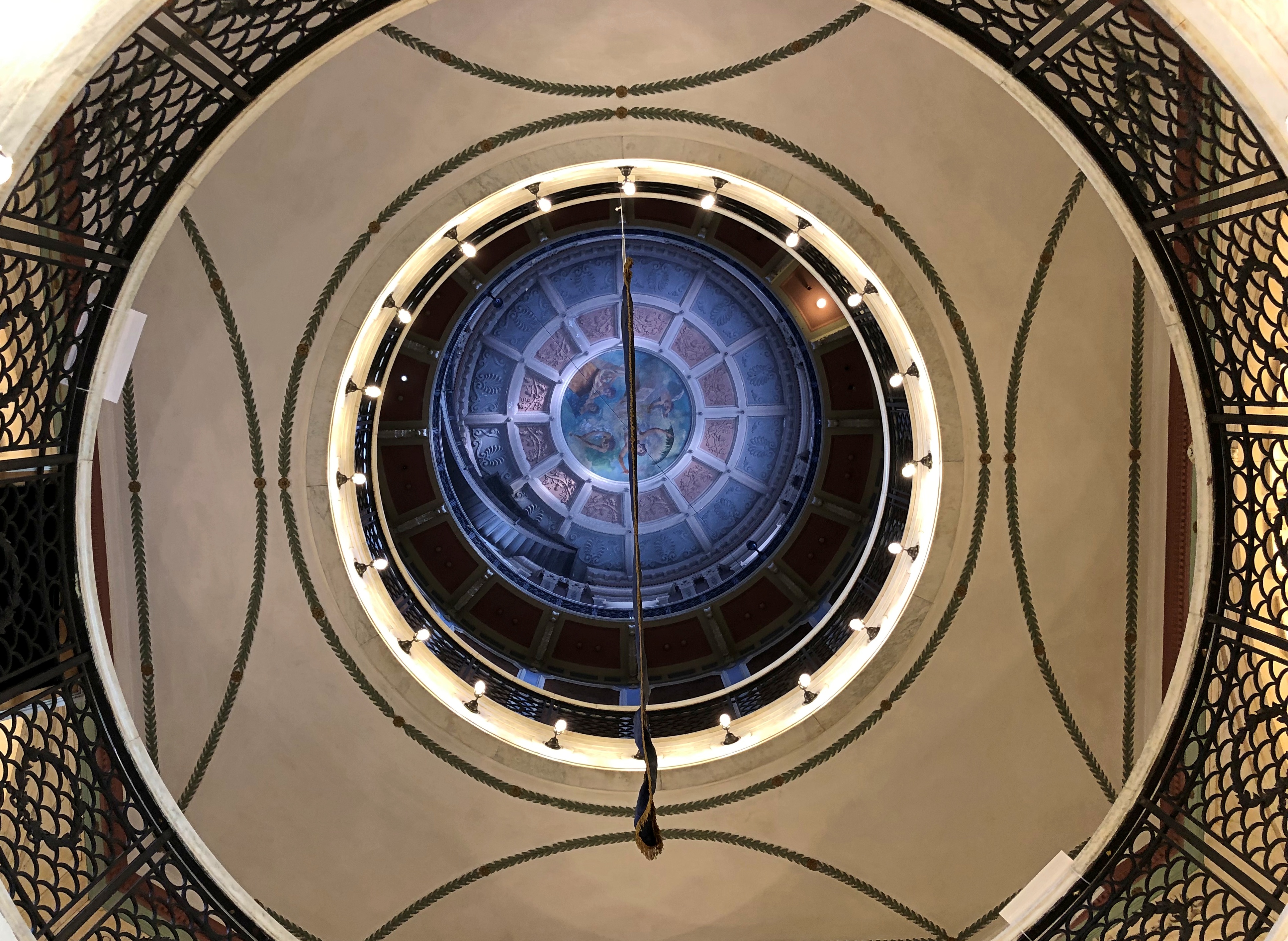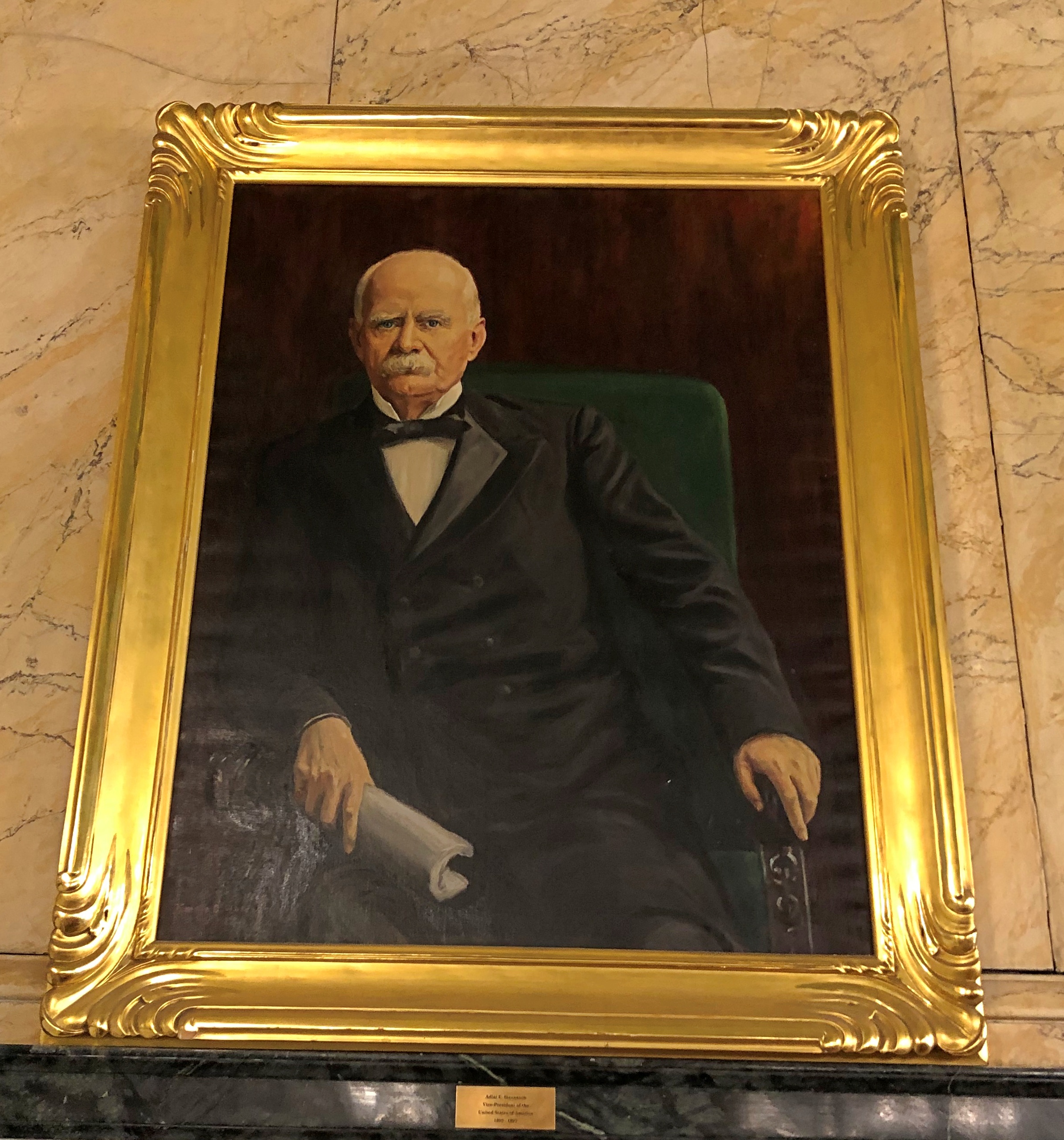Revel in the obscurity: Details of posters advertising a regional brand of candy that hasn’t been made in years, created by a commercial artist no one has ever heard of, on display in a large town few people visit.

Bloomington-based Beich Candy Co. was the candy maker, and the posters advertise its Whiz Bar, whose slogan – until inflation made it obsolete – was “Whiz, best nickel candy there iz-z.”
The posters are behind glass at the McLean County Museum of History, and thus hard to photography in total without glare. But details work out nicely.
We visited the museum on Saturday morning.

“These posters were created by Don Shirley (1913-2001) for States Display, a local commercial art business,” notes the museum. “He was an artist and illustrator.”
A Prussian immigrant by the name of Paul F. Beich founded the candy company that carried his name. Beich Candy Co. lives on as a unit of Ferrero, with a candy factory in Bloomington (recently expanded), but Whiz seems to be no more. A chocolate-marshmallow-peanut confection, it sounds something like a Goo-Goo Cluster.
An even deeper dive into Beich Co. is at an Illinois Wesleyan University website. It’s the story of a food technologist who worked for the company, one Justin J. Alikonis.
“He designed and patented, among other things, a marshmallow-making machine, the ‘Whizolater,’ named after the Beich flagship candy bar, the Whiz,” the site says. “With no moving parts and operating solely on pressurized air, the Whizolater could make 1,400 gallons of marshmallow or nougat per hour.”
As local history museums go, McLean County is top drawer, with enough displays and artifacts to inspire all sorts of rabbit-hole expeditions, besides 20th-century candy making in central Illinois. Such as friends of Lincoln who otherwise would be lost to history.
He even looks a little like Lincoln, but maybe that’s just 19th-century styling.
Otherwise obscure incidents in McLean County history make their appearance as well, such as one in 1854, when a mob of Know-Nothings smashed 50 barrels each of brandy and cherry bounce, and 50 casks each of “high wine,” gin and whiskey taken from groggeries in Bloomington, according to the museum.
I had to look up cherry bounce. For those who like their neurotoxins sweet, I guess. The Know-Nothings were destroying the alcohol – “washed the prairie” with it, said a contemporary account, though perhaps some of it was squirreled away by thirsty Know-Nothings – presumably because it was associated with immigrant saloons.
A flag. For union and liberty.
A replica of the one carried by the 33rd Illinois Infantry Regiment, which has its start comprised of teachers and students and former students at Normal University (later ISU), with university president Charles E. Hovey as its colonel.
Most local history museums have oddities, and so does McLean County.
It’s a little hard to tell, but that’s a large chair. Though I’m six feet tall, my feet barely touched the ground. “Yes, please sit here!” its sign said. “The owners of Howard & Kirkpatrick’s Home Furnishings places this oversized chair outside their store to draw customers inside.”
The displays and artifacts are one thing, but what really makes the museum sing is its digs in the former courthouse.


Especially the former courtroom.


In which hangs a portrait of Vice President Adlai Stevenson.
The courthouse dates from the early 1900s, a time when officialdom at least believed that the physical structures of republican government ought to have a touch of grandeur.